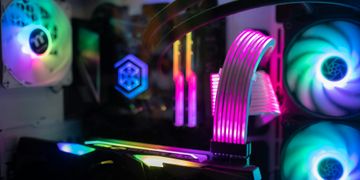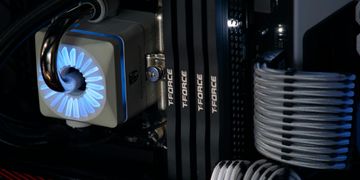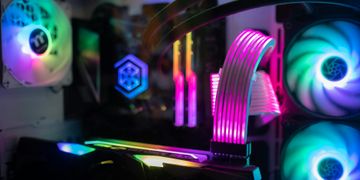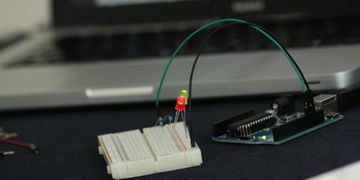Hardware: the physical components of a computer system, such as the processor, hard drive, RAM, and other devices

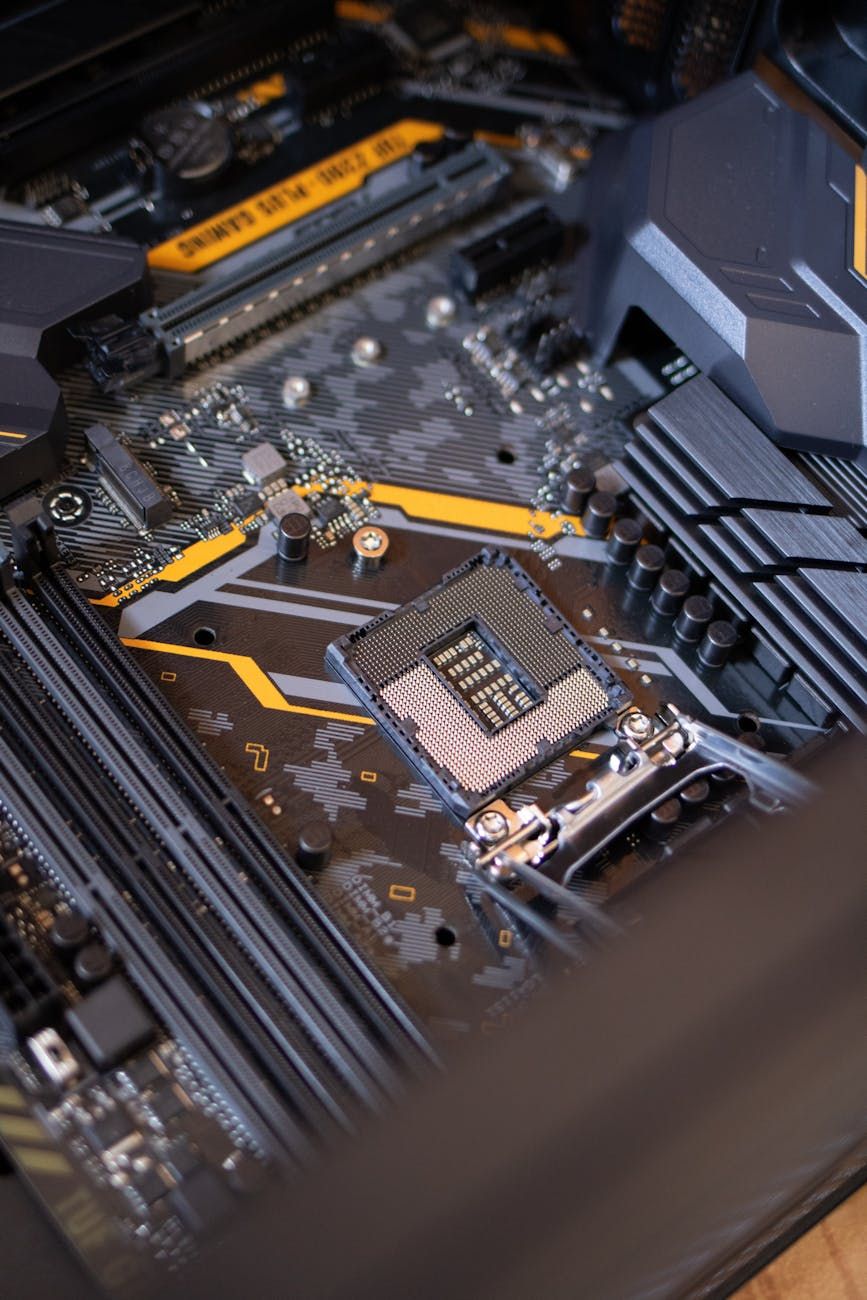
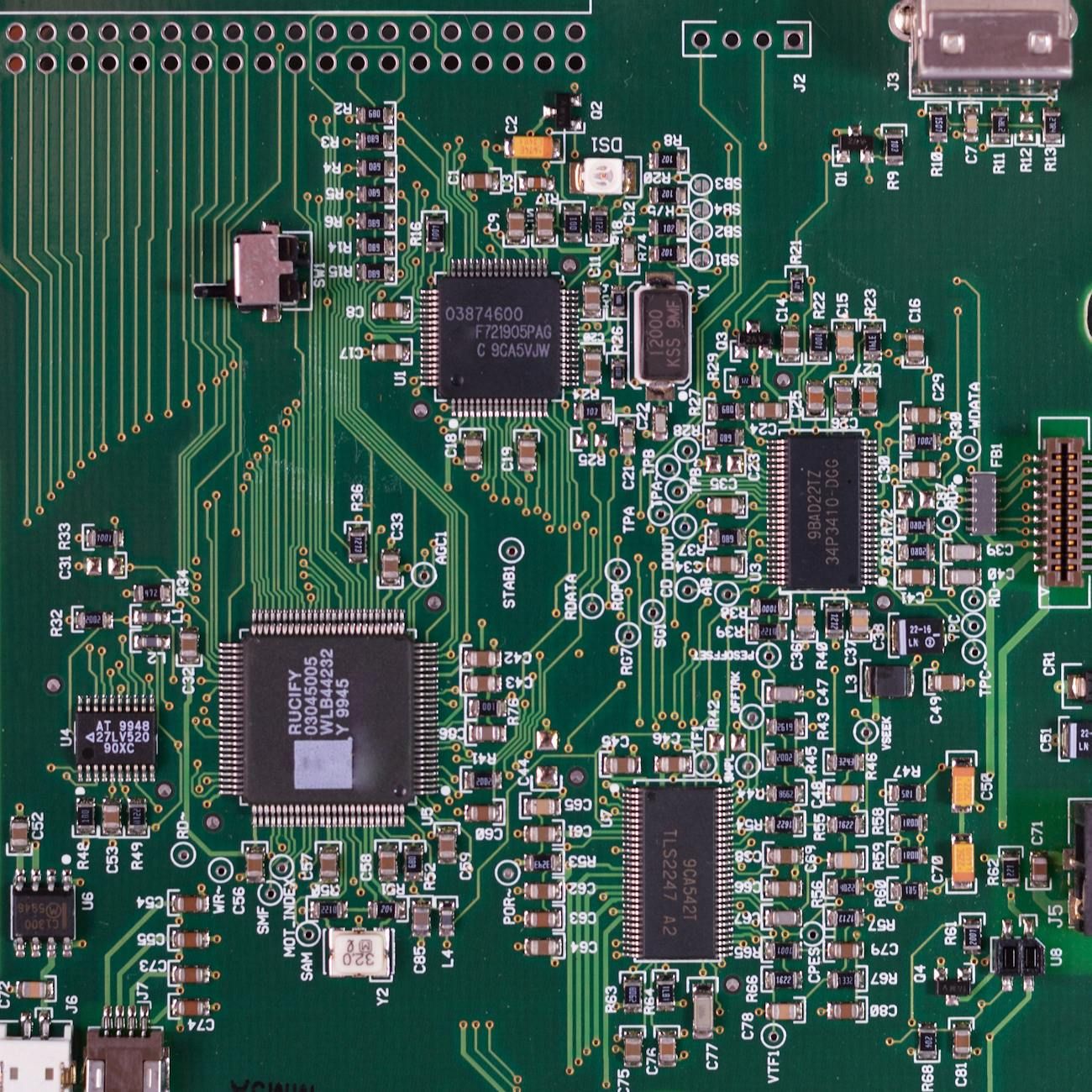
When we talk about computers, we often hear the term "hardware" being used. Hardware refers to the physical components of a computer system, such as the processor, hard drive, RAM, motherboard, graphics card, and various input/output devices. These components work together to allow the computer to function effectively and efficiently.
The processor, often referred to as the "brain" of the computer, is responsible for carrying out instructions and performing tasks. It is crucial for the overall speed and performance of the system. Processors come in different models and speeds, with the most popular ones being manufactured by companies like Intel and AMD.
The hard drive is where data is stored on a computer. It provides long-term storage for files, programs, and the operating system. Hard drives come in various sizes and speeds, with solid-state drives (SSDs) becoming increasingly popular due to their faster read and write speeds compared to traditional hard disk drives (HDDs).
RAM, or Random Access Memory, is a type of memory that allows the computer to access data quickly. It is used to store data that is currently being processed by the CPU, providing a fast and temporary storage solution. Having an adequate amount of RAM is important for multitasking and running memory-intensive applications.
The motherboard serves as the central hub that connects all the hardware components of the computer. It houses the CPU, RAM, and other essential components, and provides pathways for data to travel between them. Motherboards come in different sizes and configurations to accommodate various needs.
Graphics cards are responsible for rendering images and videos on the computer's monitor. They come with their own dedicated memory and processing units, allowing for smooth graphics performance in video games, multimedia applications, and other visual tasks.
Input/output devices, such as keyboards, mice, monitors, and printers, allow users to interact with the computer and receive output. These devices are essential for inputting commands and data, as well as viewing the results of computations and processes.
Data storage is a critical aspect of computer hardware, as it determines how much data can be stored and accessed by the system. In addition to hard drives and SSDs, there are other storage options such as external drives, cloud storage services, and network-attached storage (NAS) devices.
Computer components like the processor, hard drive, RAM, motherboard, graphics card, and input/output devices can be upgraded to improve the performance and capabilities of a computer system. Upgrading hardware components can help extend the lifespan of a computer and keep it running smoothly for longer.
In conclusion, hardware is a fundamental aspect of computer systems, encompassing a wide range of components that work together to enable computing tasks. Understanding the role of hardware components like the processor, hard drive, RAM, and others can help users make informed decisions when selecting, using, and upgrading their computer systems.

